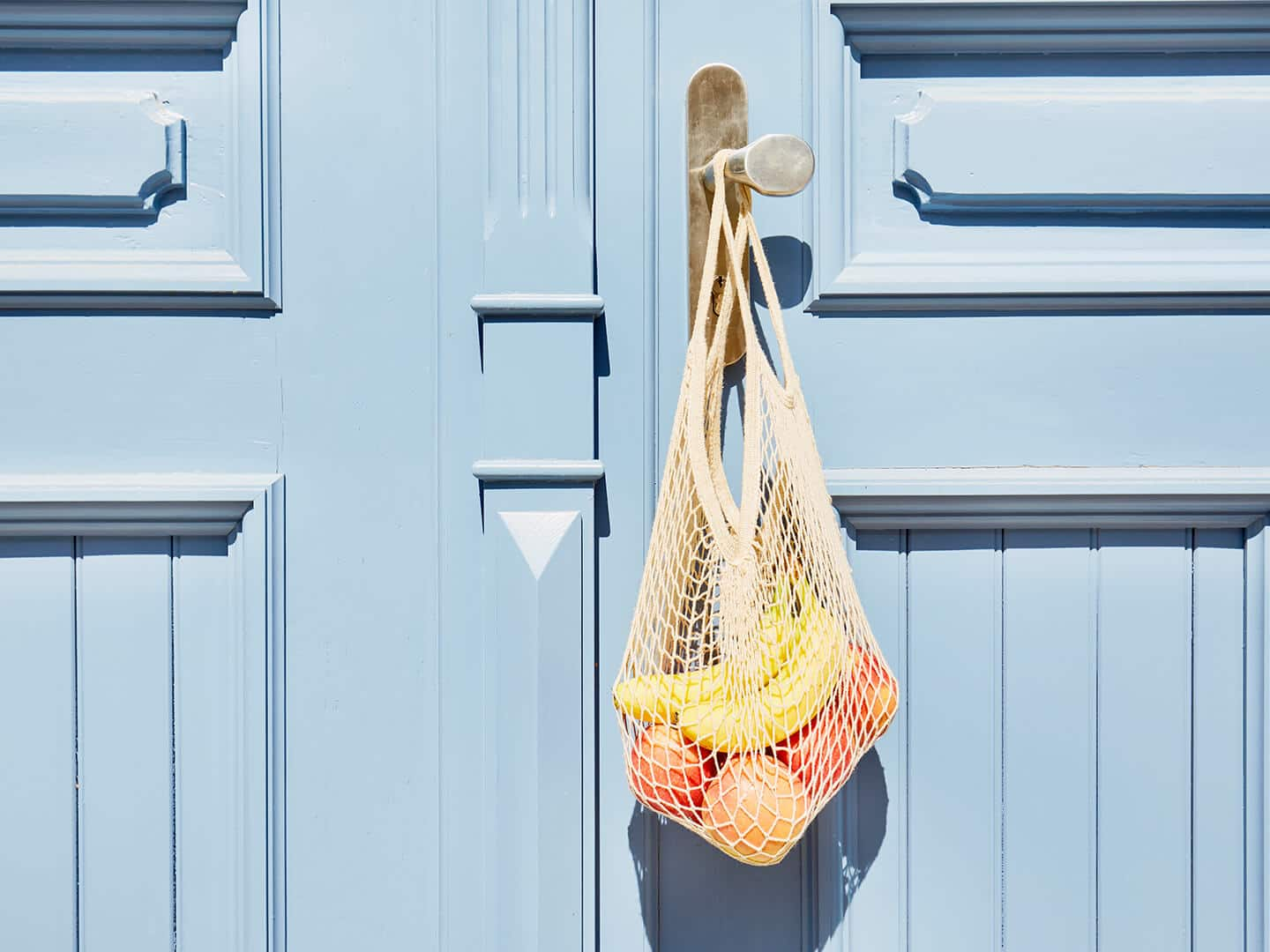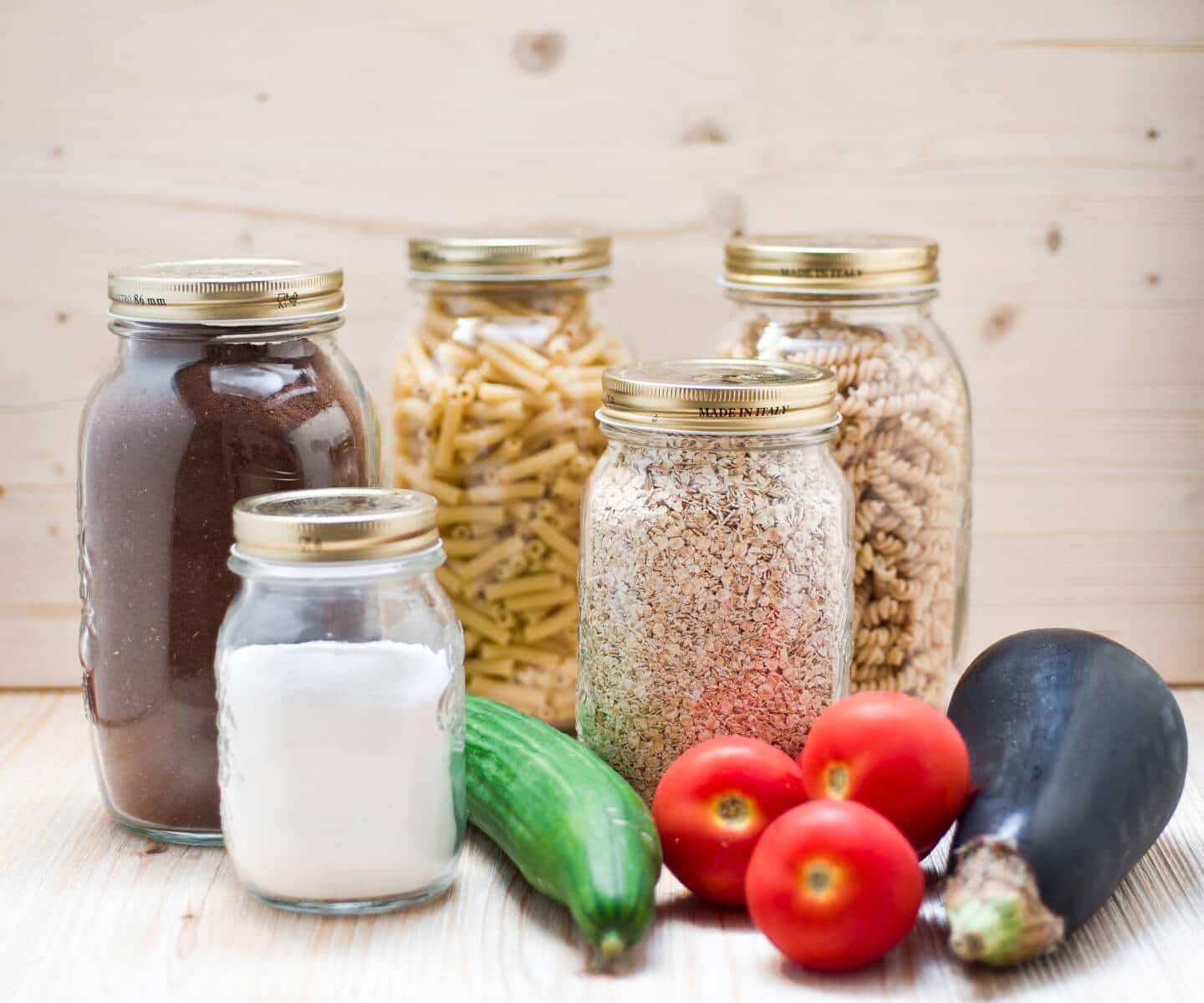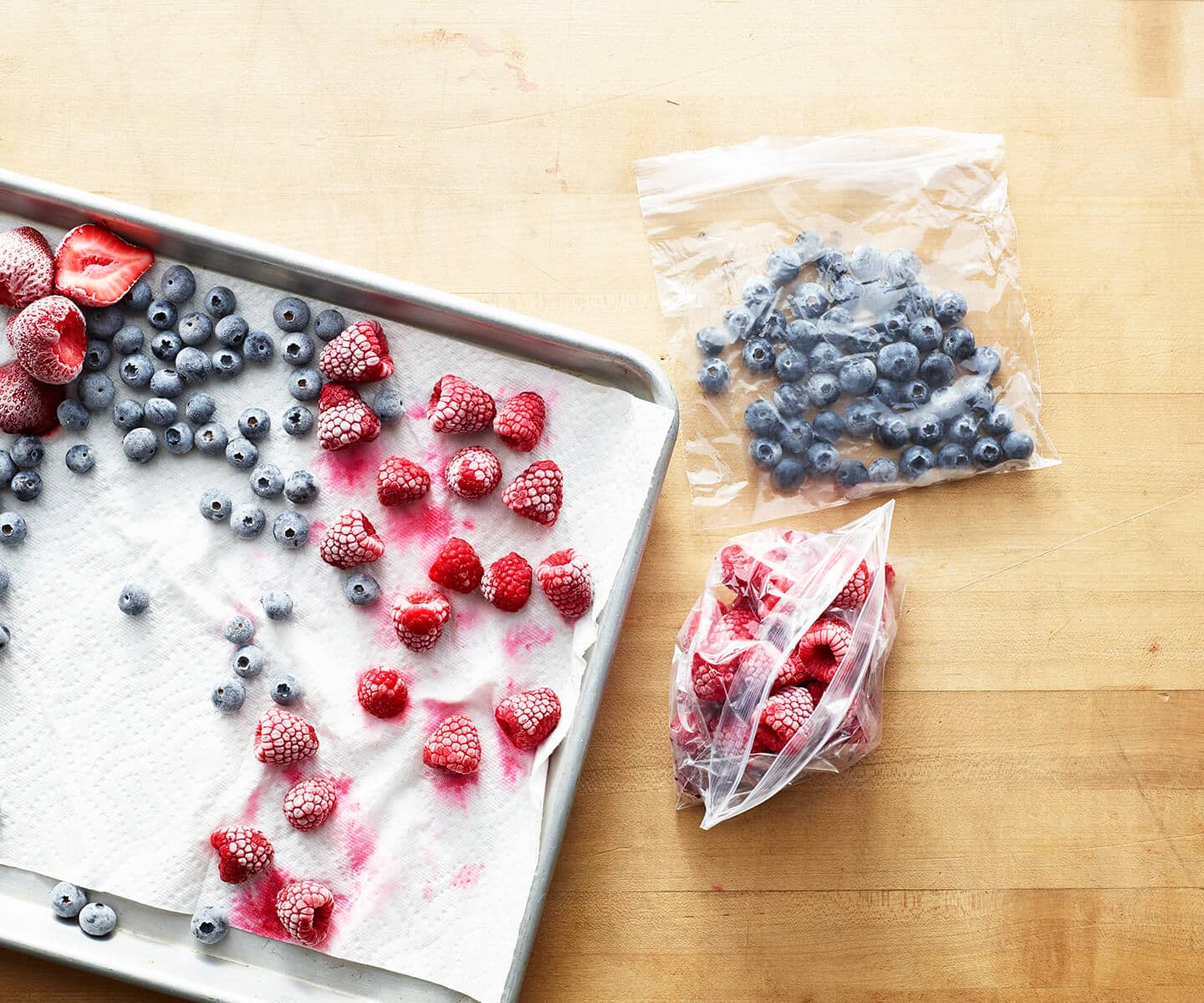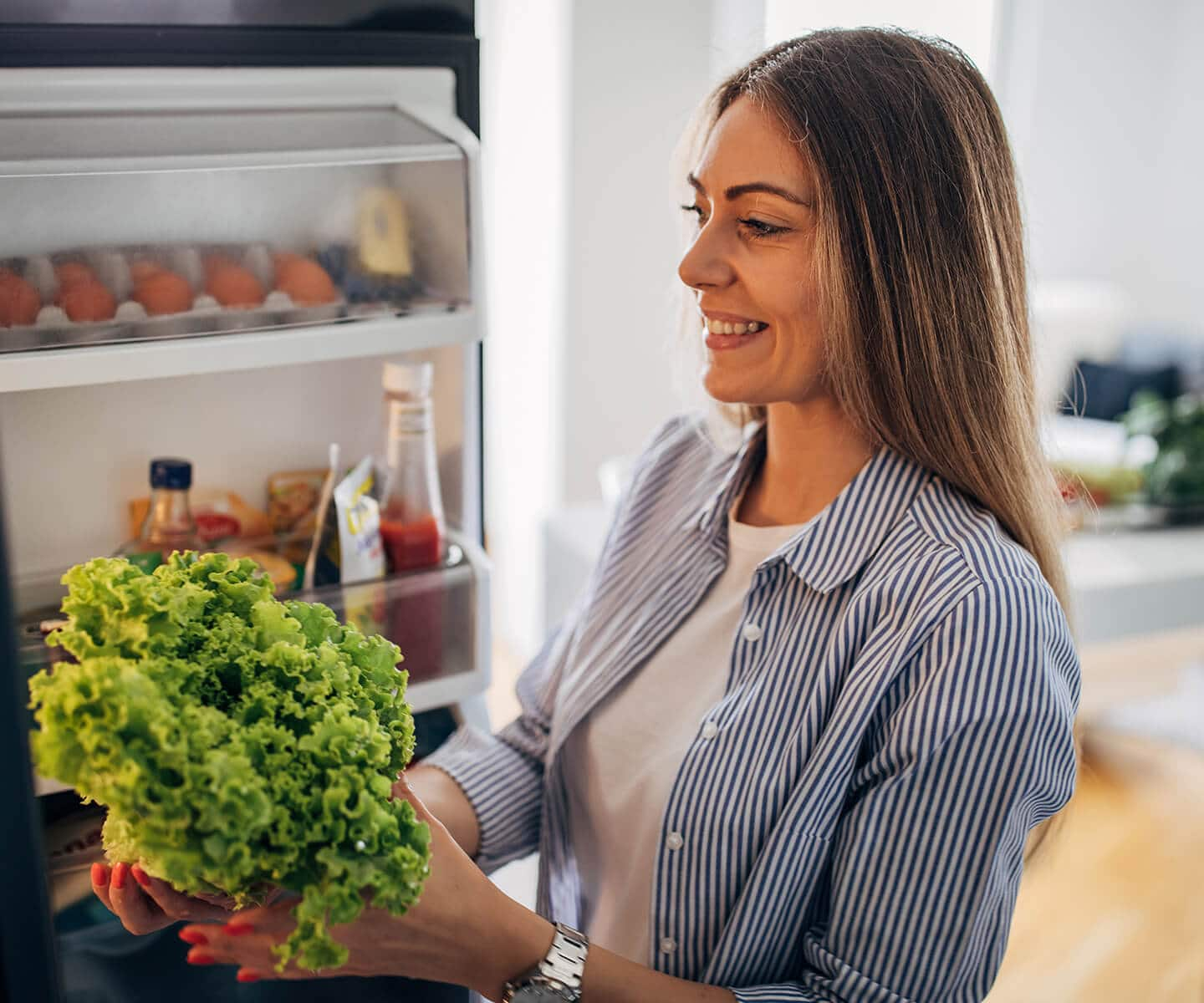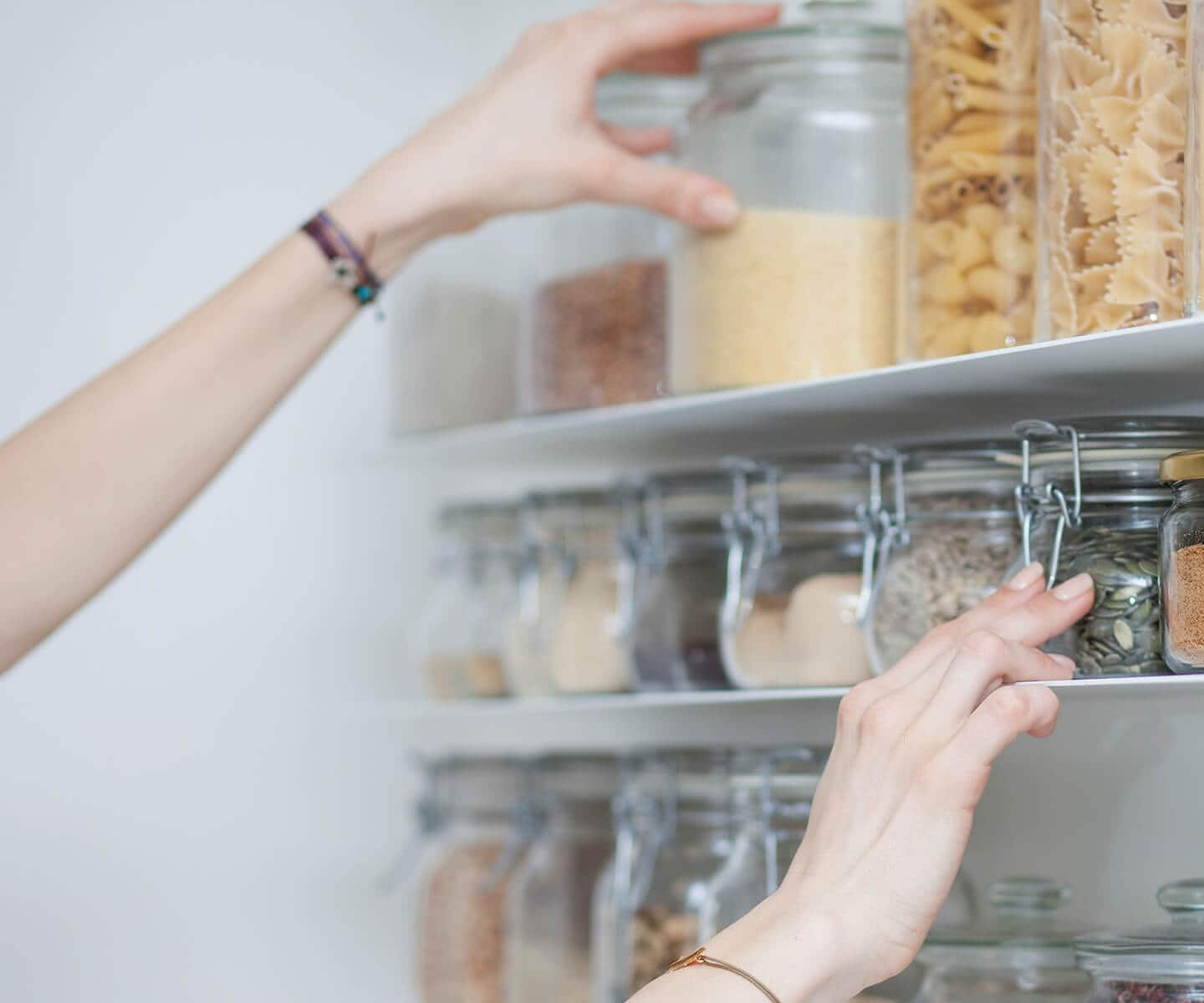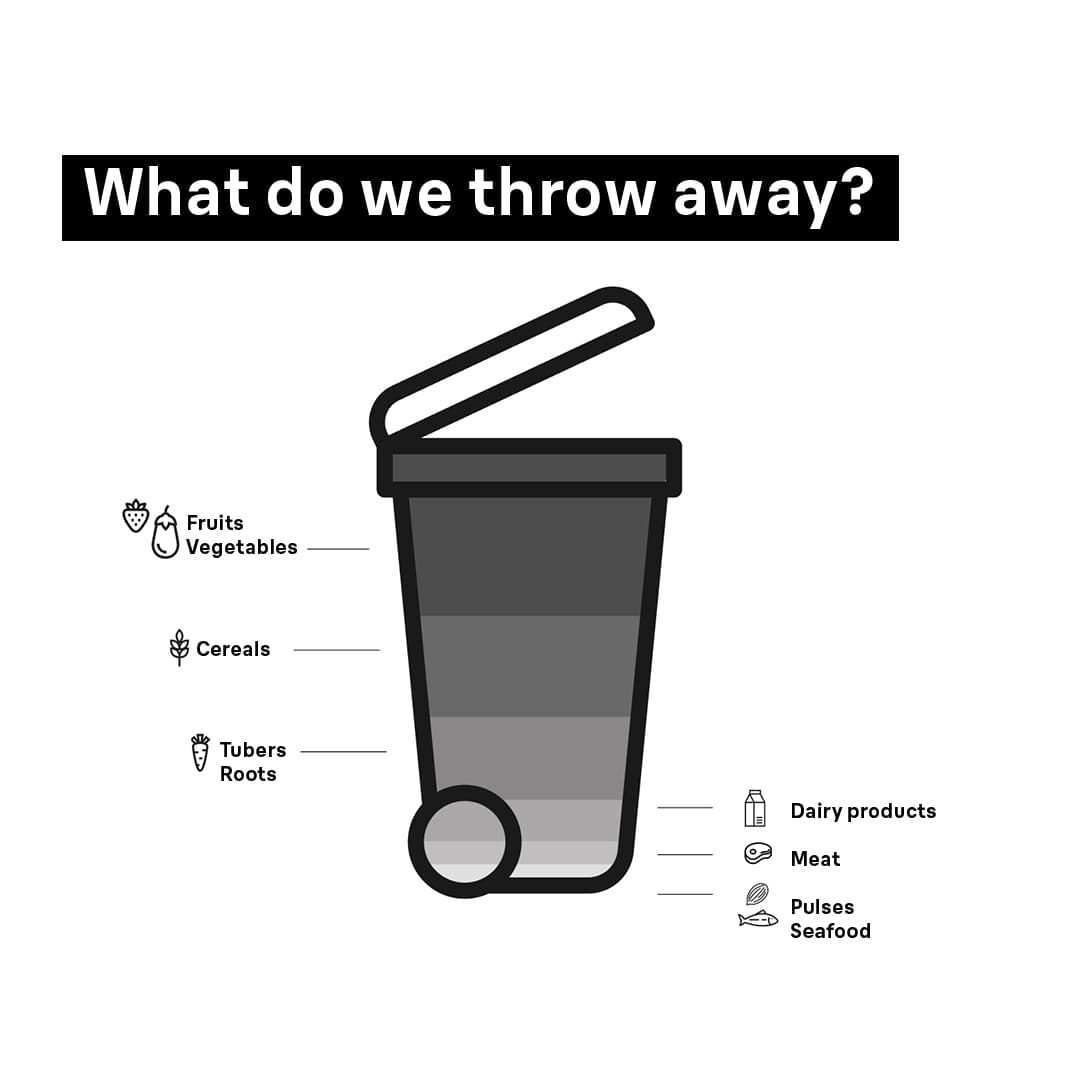Fruits et légumes
Pommes, carottes, salade, etc. : ce qui doit être conservé au réfrigérateur et ce qui ne doit pas l'être.
Presque tous les légumes peuvent être conservés dans le réfrigérateur. Les aubergines, les tomates, les pommes de terre et les potirons sont les seuls que vous ne devez pas conserver au froid. Les fruits sont un peu plus compliqués. Certains types de fruits ne restent frais et conservent leurs vitamines que lorsqu'ils sont réfrigérés. D'autres, en revanche, sont très sensibles au froid. En règle générale, vous devez réfrigérer les fruits indigènes comme les pommes, les cerises et les prunes. Les fruits exotiques comme les mangues, les bananes et les agrumes n'ont pas leur place dans le réfrigérateur. Les exceptions à cette règle sont les figues et les kiwis, qui sont tout à fait à leur place dans votre tiroir à légumes. Au fil du temps, certains fruits et légumes développent un gaz de maturation appelé éthylène. Ce gaz fait vieillir et se gâter plus rapidement les autres fruits et légumes situés à proximité. Les pommes, les abricots, les prunes et les tomates sont les plus gros producteurs d'éthylène. Pour cette raison, il est préférable de les conserver séparément.
